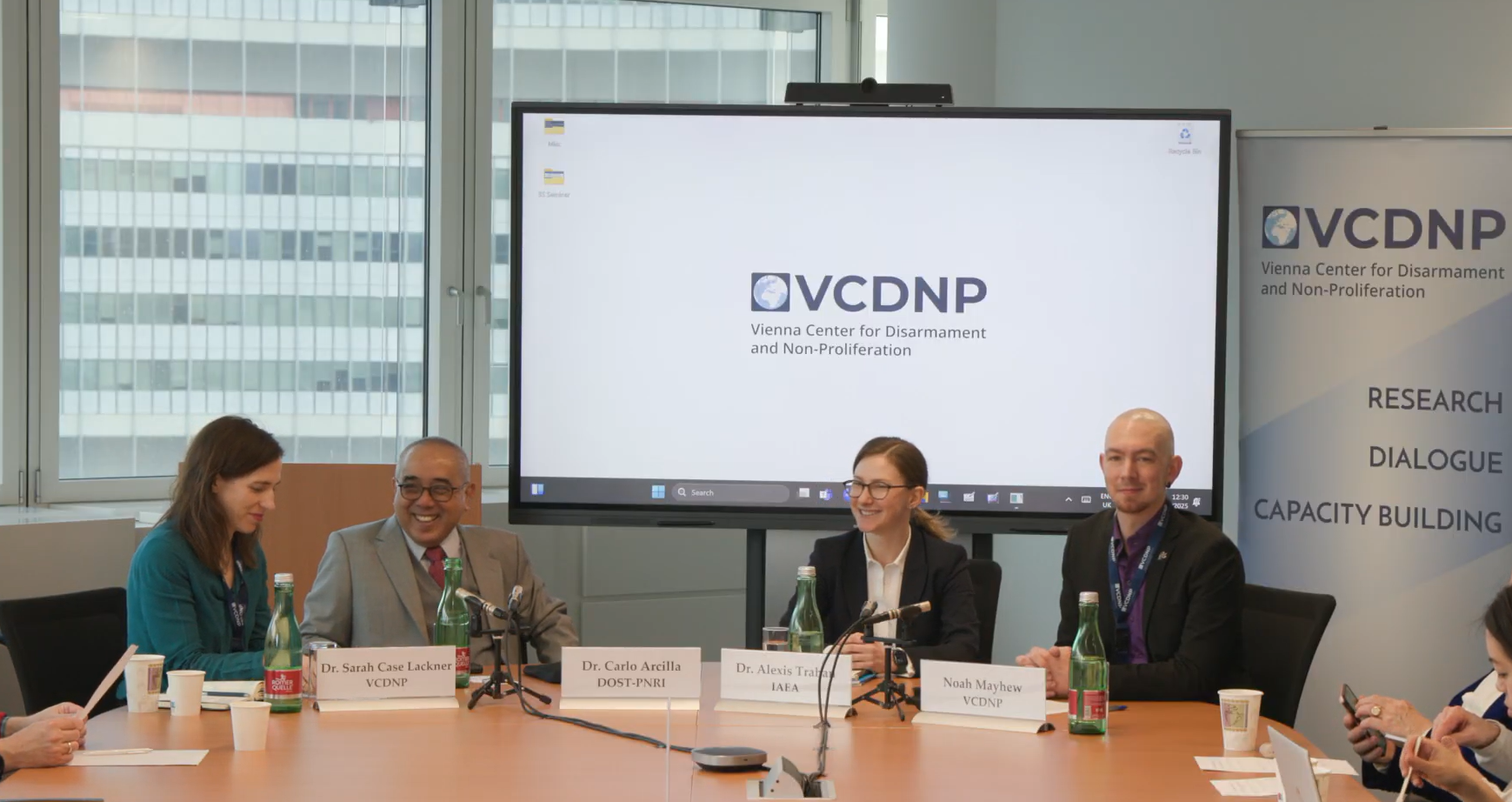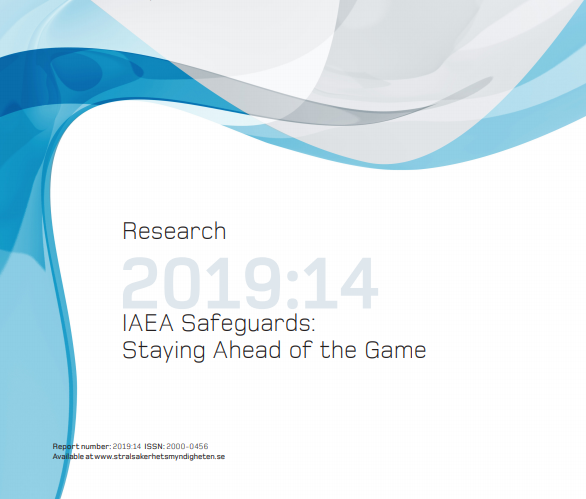
On 22 March 2022, the VCDNP held a virtual launch of its new report entitled “Reflecting on the Annexes to the Model Additional Protocol in Support of Nuclear Governance.” The report is the product of a VCDNP project led by Research Associate Noah Mayhew. The project comprised an impartial, technical analysis of technologies that are not covered by the Annexes of the Model Additional Protocol (MAP), but which are significant in the planning, implementation and evaluation of international nuclear safeguards.
Laura Rockwood (Director, Open Nuclear Network; former Section Head for Non-Proliferation and Policy, Office of Legal Affairs, International Atomic Energy Agency), and James Casterton (Consultant) joined the virtual launch as commentators. VCDNP Executive Director Elena K. Sokova moderated the event.

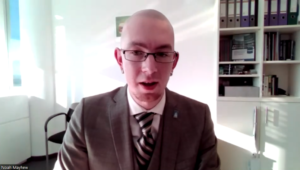
Mr. Mayhew began his remarks with an overview of the MAP Annexes. Annex I of the MAP requires reporting to the IAEA on the scale of operations for each location engaged in activities contained in Annex I and was designed to address key chokepoints along the nuclear fuel cycle. Annex II, which requires reporting on the exports and imports of specified equipment and non‑nuclear material, was crafted based on technological capabilities along the fuel cycle at the time the MAP was approved by the Board in 1997. He emphasised that, while there is a provision in the MAP to update the Annexes, it has not yet been invoked.
Under the VCDNP project, 37 technologies and materials not covered under the Annexes were considered and 12 case studies are detailed in the final report. During his presentation, Mr. Mayhew described each of the case studies in the report, placing emphasis on the added value for the effectiveness and efficiency of safeguards were such technologies and materials to be included in the Annexes. Among the case studies are technologies such as accelerator‑driven systems, neutron measurement systems for process control during reprocessing activities and equipment required to produce feedstock for the electromagnetic isotope separation technique. Concluding his remarks, he noted that, while the VCDNP report contains technical insight on possible amendments to the Annexes, it is for the for the Member States of the International Atomic Energy Agency (IAEA) to decide how and if the Annexes should be updated. He further argued that it is in the interest of all IAEA Member States that safeguards be as effective and efficient as possible.
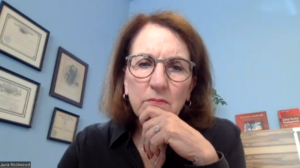
In her commentary, Ms. Rockwood offered background on the development of the Annexes and on the provision of the MAP for updating them. She emphasised that the purpose of the Annexes is not to control the export of technologies and materials, but rather to provide the IAEA with a fuller picture of a State’s nuclear‑related activities. Ms. Rockwood also noted two important aspects of the MAP update provision. First, the update provision in the MAP states that amendments may be accepted by the Board of Governors at the advice of an open‑ended working group (OEWG) that it would establish. Any Member State interested in contributing to such a discussion could participate, whether or not that State is a Board member. Second, any recommendations by the OEWG that the Board accepts would take effect in the Annexes to all additional protocols in force four months of adoption.
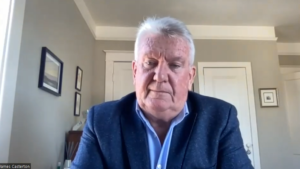
Mr. Casterton, for his part, stressed the value of the project carried out by the VCDNP as a potential catalyst for discussions on whether amending the existing Annexes, including additions, revisions and deletions, would strengthen the effectiveness and efficiency of IAEA safeguards. He indicated that such a discussion should commence on a technical basis involving technical experts from IAEA Member States and the Secretariat. Further, he stressed that conducting a technical review is warranted whether or not it results in changes to the Annexes.
All three speakers emphasised that the VCDNP project was a timely one, considering 2022 marks 25 years since the approval by the Board of Governors of the MAP. As Mr. Casterton observed, “it is timely and prudent to revisit the Annexes to ensure that they are current and that they continue to serve the objective for which they were originally created.”
The full recording of the virtual launch is below.
